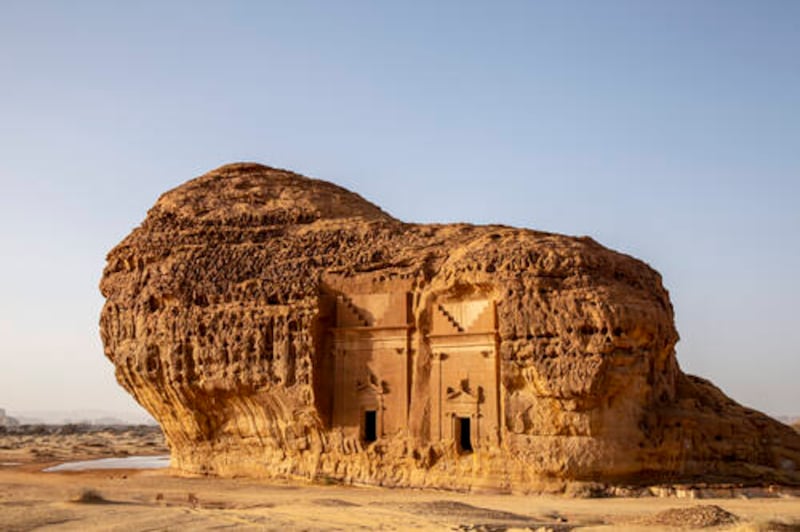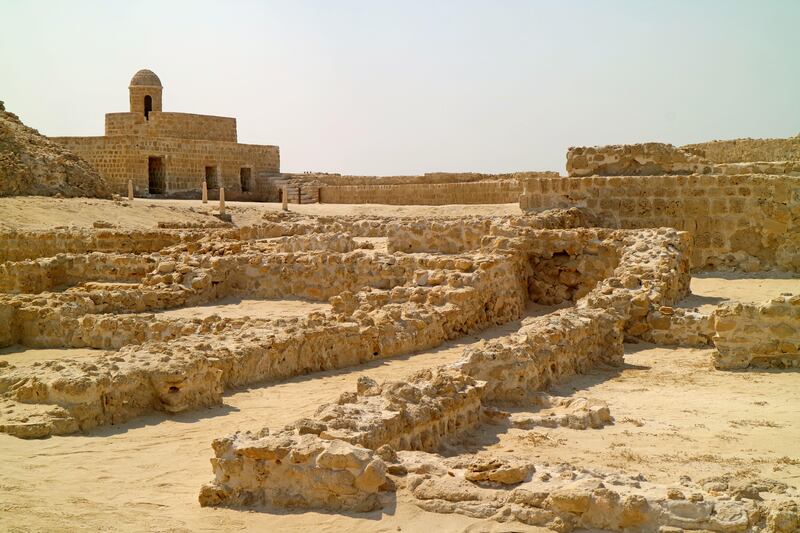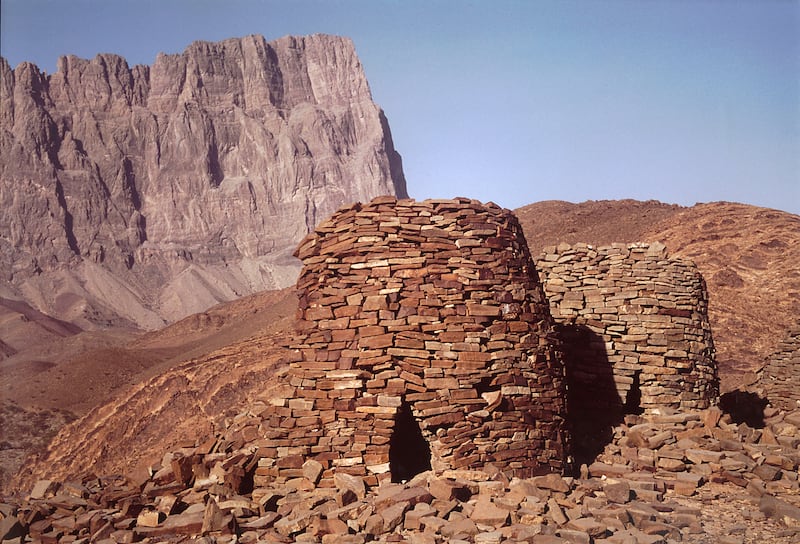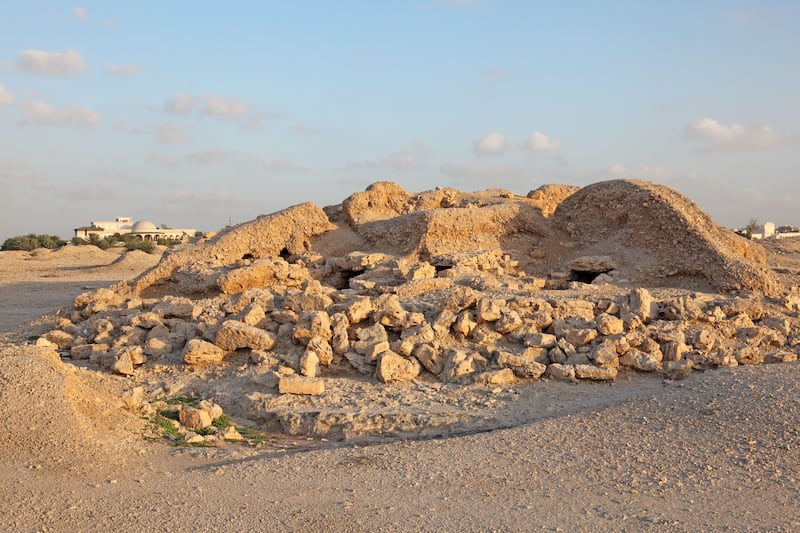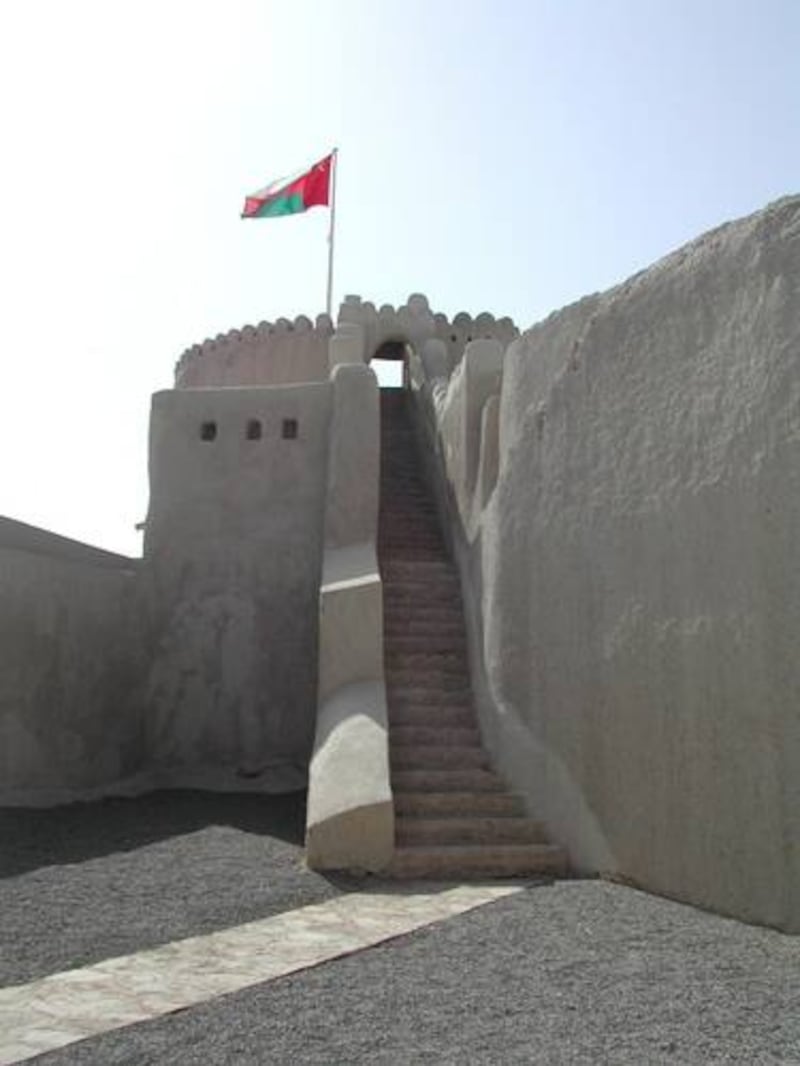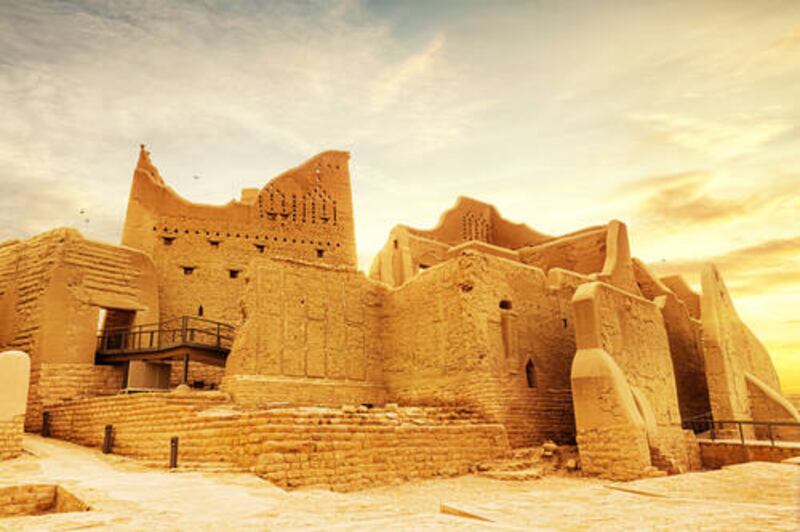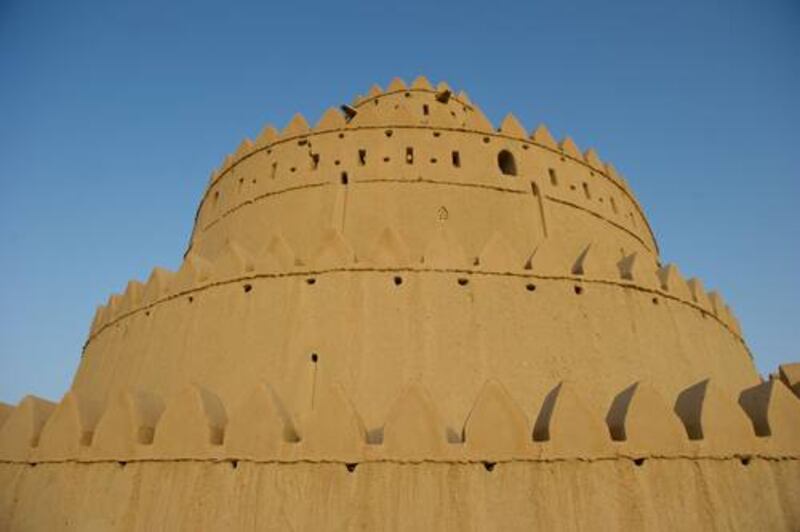The 44th session of the World Heritage Committee ended last month, adding 37 sites – 31 cultural and six natural – to Unesco’s list of the most unique places that require protection and preservation.
The World Heritage List has been around since the 1970s, after the General Conference of Unesco launched a programme called the Convention Concerning the Protection of the World Cultural and Natural Heritage, which determined that cultural and natural heritage around the world was being “threatened with destruction not only by the traditional causes of decay, but also by changing social and economic conditions”.
This year, Saudi Arabia’s Hima Cultural Area was added to the tally of 16 sites in the Gulf that are part of the World Heritage List. The kingdom and Iraq currently have the highest number of places included in the list, with six sites each in total. The ancient agricultural town of As-Salt in Jordan was also added to the list this year, marking a total of two newly inscribed sites from the Arab World.
In the Gulf, the UAE has one site listed, while Oman has five. Kuwait has yet to have a site recognised by Unesco. Here are the 16 cultural and natural sites in the Gulf region included in Unesco's World Heritage List.
UAE
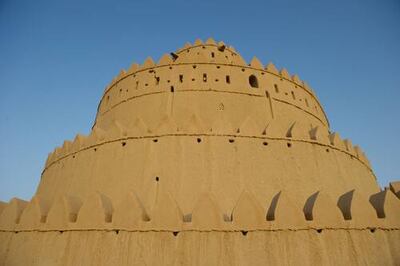
Cultural Sites of Al Ain
Al Ain’s Cultural Sites, including Hafit, Al Hili, Bidaa Bint Saud and the oases areas, have been recognised by Unesco as properties that testify to sedentary human occupation of a desert region since the Neolithic period, with vestiges of many prehistoric cultures.
The sites include vestiges such as circular stone tombs, which date back to circa 2,500 BC, wells and a wide range of adobe constructions: residential buildings, towers, palaces and administrative buildings. Hili features one of the oldest examples of the sophisticated aflaj irrigation system, which dates back to the Iron Age. The property, according to Unesco, provides important testimony to the transition of cultures in the region from hunting and gathering to a more sedentary life.
Saudi Arabia
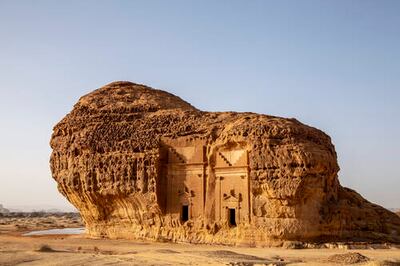
Al-Hijr Archaeological Site
The Archaeological Site of Al-Hijr was the first property in Saudi Arabia to be inscribed on the World Heritage List. Formerly known as Hegra, it is the largest conserved site of the Nabataean civilisation south of Petra in Jordan. It features 111 monumental tombs, 94 of which are decorated, and some date back to the first century BC.
Al-Hijr is an outstanding example of Nabataean architecture. The site includes the region of Al Ula, which is set to become one of the kingdom's main tourist attractions. In May, Saudi Crown Prince Mohammed bin Salman announced his plan to transform the area into a global destination, with the development of an international airport, hotels and cultural spaces.
At-Turaif District in ad-Diriyah
Founded in the 15th century, this property was the first capital of the Saudi Dynasty. It is replete with the Najdi architectural style, which is specific to the centre of the Arabian peninsula. In the 18th and early 19th century, at-Turaif's citadel became the centre of the temporal power of the House of Saud and the spread of the Salafiyya reform in Islam, Unesco says.
Historic Jeddah, the Gate to Makkah
From the seventh century, Jeddah was established as a major port for Indian Ocean trade routes, channelling goods to Makkah. It was also the gateway for Muslim pilgrims to who arrived by sea. These twin roles meant the city developed into a thriving multicultural centre, characterised by a distinctive architectural tradition of tower houses and coral buildings.
Rock Art in the Hail Region
The region includes two components situated in a desert landscape: Jabel Umm Sinman at Jubbah and the Jabal al-Manjor and Raat at Shuwaymis. A lake once at the foot of the Umm Sinman hill range used to be a source of fresh water for people and animals in the southern part of the Great Narfoud Desert. The ancestors of today’s Arab populations left traces of their passages in numerous petroglyphs and inscriptions on the area's rocks, showing numerous representations of human and animal figures covering 10,000 years of history.
Al Ahsa Oasis
In the eastern Arabian Peninsula, Al Ahsa Oasis is a serial property comprising gardens, canals, springs, wells and a drainage lake, as well as historical buildings, urban fabric and archaeological sites. Unesco says it represents traces of continued human settlement in the Gulf from the Neolithic to the present, as can be seen from remaining historic fortresses, mosques, wells, canals and other water management systems.
Hima Cultural Area
Hima, the latest addition to the World Heritage List, is home to one of the largest rock art complexes in the world and features more than 34 separate sites, including rock inscriptions and wells along the route of the ancient Arabian caravans. The area has, as described by Unesco, a substantial collection of rock art images depicting hunting, fauna, flora and lifestyles in a cultural continuity of 7,000 years.
Bahrain
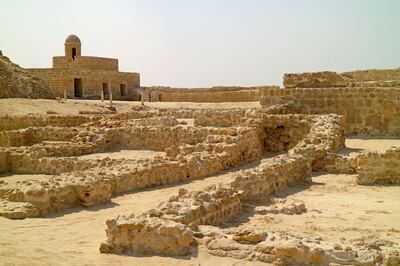
Qalat al-Bahrain – Ancient Harbour and Capital of Dilmun
Qalat al-Bahrain’s landscapes testify to continuous human presence in the area from about 2300 BC to the 16th century AD. About a quarter of the site has been excavated, Unesco says, revealing structures of different types: residential, public, commercial, religious and military.
Pearling site in Muharraq City
Bahrain’s pearling site consists of 17 buildings in Muharraq City, three offshore oyster beds, part of the seashore and the Qalat Bu Mahir fortress on the southern tip of Muharraq Island, from where boats used to set off for the oyster beds. The site, which includes residences of wealthy merchants, shops, storehouses and a mosque, is considered by Unesco as the last remaining complete example of the cultural tradition of pearling and the wealth it generated at a time when the trade dominated the Gulf economy.
Dilmun Burial Mounds
The Dilmun Burial Mounds, built between 2200 and 1750 BC, span 21 archaeological sites in the western part of the island. In all, there is a burial mound that contains about 11,774 graves, while the other 15 sites include 17 royal mounds, constructed as two-storey sepulchral towers. Unesco states that burial mounds are evidence of the Early Dilmun civilisation, during which Bahrain became a trade hub whose prosperity enabled the inhabitants to develop an elaborate burial tradition applicable to the entire population.
Oman
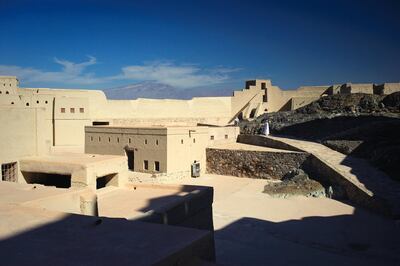
Bahla Fort
The oasis of Bahla owes its prosperity to the Banu Nebhan, the dominant tribe in the area from the 12th to the end of the 15th century. The ruins of the immense fort, with its walls and towers of unbaked brick and its stone foundations, is a remarkable example of this type of fortification and attests to the power of the Banu Nebhan, Unesco says.
Archaeological Sites of Bat, Al-Khutm and Al-Ayn
The protohistoric site of Bat lies near a palm grove in the interior of Oman. Along with its neighbouring sites, Unesco states that it forms the world's most complete collection of settlements and necropolises from the third millennium BC.
Land of Frankincense
The frankincense trees of Wadi Dawkah and the remains of the caravan oasis of Shisr (now Wubar) and the affiliated ports of Khor Rori and Al-Baleed vividly illustrate the trade in frankincense that flourished in this region for many centuries, as one of the most important trading activities of the ancient and medieval world.
Aflaj Irrigation Systems of Oman
The property includes five aflaj irrigation systems, which dates back to the year 500, and as Unesco states, 3,000 of such systems are still in use today.
Using gravity, water is channelled from underground sources or springs to support agriculture and domestic use. This creates a fair and effective way of sharing water in villages and towns. Numerous watchtowers were also built to defend the water systems. The aflaj system is also in use in the UAE, specifically in Al Ain, with channels that flow through farming villages to irrigate the land.
Ancient City of Qalhat
The site, which is located on the east coast of Oman, includes the ancient city of Qalhat, surrounded by inner and outer walls, as well as areas beyond the ramparts where necropolises are located.
Qatar
Al Zubarah Archaeological Site
Al Zubarah is a walled coastal town in Qatar that was a hub for pearling and trading between the late 18th and early 19th centuries. It was destroyed in 1811, before being abandoned in the early 1900s.
Originally, Kuwaiti merchants founded the town, establishing trade links across the Indian Ocean, Arabia and Western Asia. What remains are ruined palaces, mosques, streets, courtyard houses and fishermen’s huts, as well as a harbour, defensive walls, a canal and cemeteries.
“[It] offers outstanding testimony to an urban trading and pearl-diving tradition which sustained the region’s major coastal towns and led to the development of small independent states that flourished outside the control of the Ottoman, European and Person empires and eventually led to the emergence of modern-day Gulf States,” says Unesco. It was added to the list in 2013.
